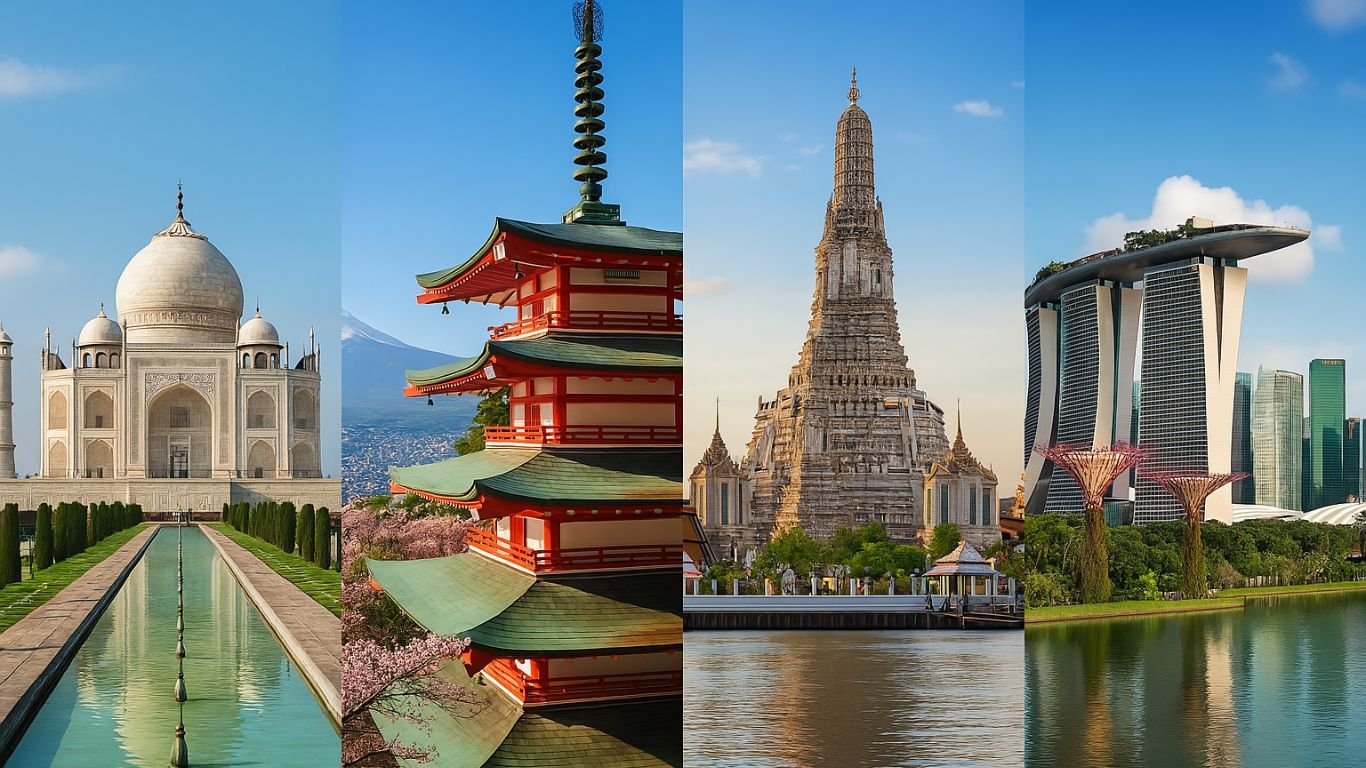Asia is not just a continent—it’s an entire world of wonders packed into one sprawling, diverse landmass. From the bustling neon-lit streets of Tokyo to the serene rice terraces of Bali, from the timeworn temples of Cambodia to the snow-cloaked valleys of Pakistan, Asia is where ancient tradition meets bold modernity. It is a land that speaks in hundreds of languages, pulses with countless rhythms, and offers a kaleidoscope of experiences no traveler could forget.
As 2025 beckons a new era of exploration, this curated list of the 25 best places to visit in Asia serves not only as a compass for your wanderlust but also as a window into the continent’s soul. Whether you seek cultural immersion, natural escapades, architectural marvels, or coastal retreats, Asia is ready to deliver in unforgettable fashion.
This guide is not just about ticking boxes on a map—it’s a thoughtful journey across borders and cultures, highlighting where to go, why it matters, and how to experience it right. Drawing on the latest travel insights, cultural trends, and destination data, the following selections offer inspiration for every kind of traveler in 2025.
Table of Contents
Southeast Asia Destinations
Southeast Asia is a treasure trove of vibrant cultures, lush landscapes, and culinary adventures. It draws travelers with its easygoing charm, affordability, and deeply rooted traditions. In 2025, these standout destinations in the region deserve a place on every traveler’s radar.
1. Luang Prabang, Laos
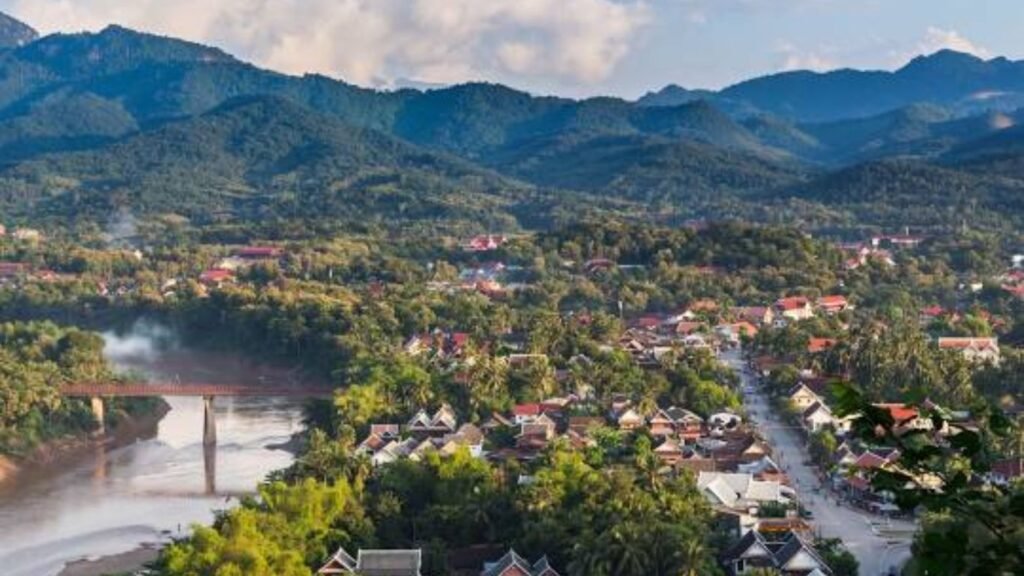
Tucked between misty mountains and the Mekong River, Luang Prabang is a spiritual and cultural haven. This UNESCO World Heritage town enchants with French colonial architecture, golden temples, and the scent of frangipani in the air.
Mornings in Luang Prabang are sacred. The almsgiving ceremony, where saffron-robed monks silently collect offerings, is both humbling and beautiful. Beyond its spiritual core, the town offers artisanal night markets, cascading waterfalls like Kuang Si, and tranquil riverside cafes. It’s a slow-paced destination ideal for those seeking meaning in their travels, not just movement.
Travel Tip: Rent a bicycle and explore beyond the town center—local villages and hidden temples await just a few kilometers out.
2. Bangkok, Thailand
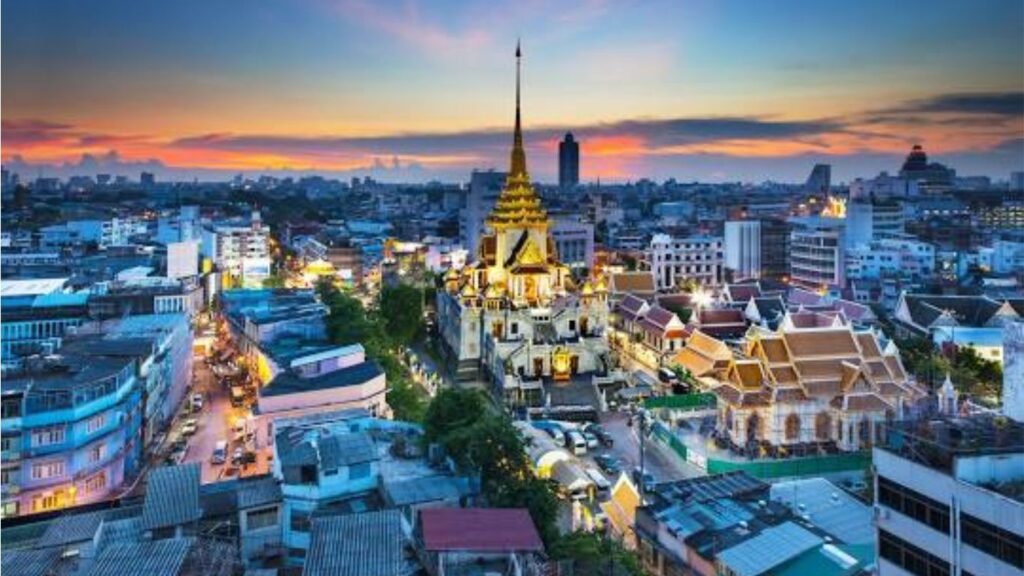
A city of contrasts, Bangkok is where tradition and innovation intertwine. Ornate shrines stand beside futuristic malls, street food vendors operate in the shadows of five-star hotels, and longtail boats glide past gleaming skyscrapers.
Wat Arun and the Grand Palace reflect the spiritual and royal heart of Thailand, while Chatuchak Market and the Chao Phraya River offer sensory overload. But Bangkok isn’t just a stopover—it’s an experience. In 2025, its culinary scene continues to soar, blending global tastes with Thai authenticity, from Michelin-starred street stalls to hidden rooftop bars.
Personal Insight: Take a cooking class with a local chef—learning the layers behind a Thai curry deepens your appreciation for the culture.
3. Angkor, Siem Reap, Cambodia

Angkor isn’t just a temple complex—it’s a portal to Cambodia’s ancient Khmer Empire. While Angkor Wat gets the spotlight, neighboring temples like Ta Prohm and Bayon offer a deeper, more intimate connection to the jungle-covered ruins.
In 2025, new conservation efforts have helped protect these marvels while enhancing the visitor experience through guided storytelling and eco-tourism. The town of Siem Reap has evolved, too, with boutique hotels, contemporary art spaces, and social enterprise cafés supporting local communities.
Travel Tip: Visit at sunrise or opt for a guided twilight tour for an ethereal experience with fewer crowds.
4. Hoi An, Vietnam
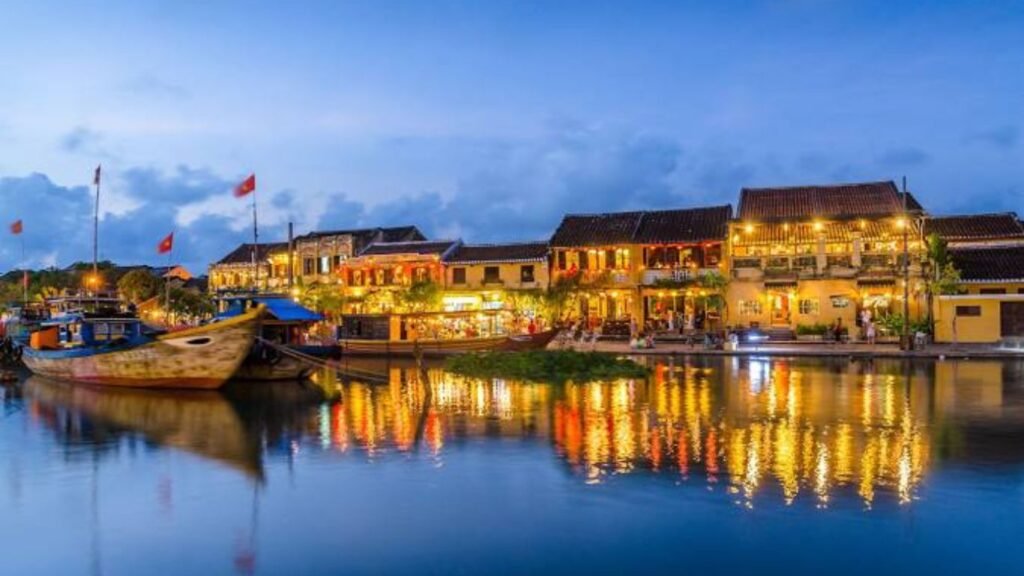
With its lantern-lit evenings, ochre-washed facades, and riverside charm, Hoi An is Vietnam’s most picturesque town. Once a bustling port, it now welcomes travelers with tailor shops, cooking classes, and rich cultural heritage.
Its Ancient Town—a UNESCO site—invites you to slow down. In 2025, sustainable tourism in Hoi An has grown, with bicycle tours replacing scooters and eco-friendly homestays on the rise. The fusion of Vietnamese, Chinese, and Japanese architecture tells stories of trade and coexistence, while the flavors of Cao Lau noodles or white rose dumplings speak to its culinary soul.
Personal Insight: Time your visit with the full moon lantern festival for a magical, candlelit stroll through history.
5. Singapore
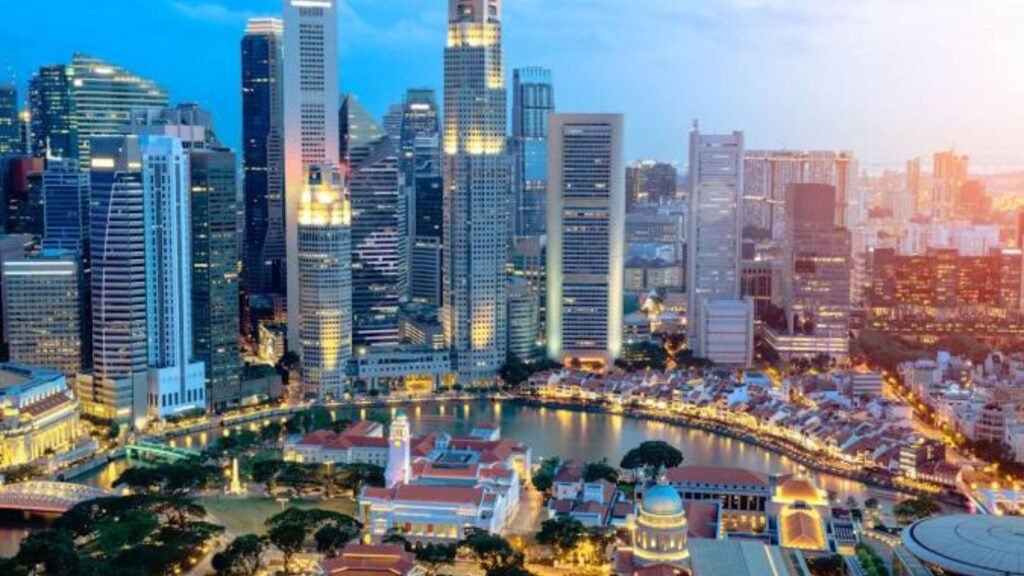
Sleek, efficient, and packed with world-class attractions, Singapore is Asia’s modern marvel. Yet beneath the city-state’s polished surface lies a vibrant cultural mosaic. In one day, you can marvel at futuristic Supertrees, sample Malay street food, and stroll through a restored Peranakan mansion.
Singapore in 2025 continues to lead the way in sustainable urban tourism. Jewel Changi Airport is a destination in itself, while districts like Tiong Bahru showcase a cool indie scene. The city also remains one of Asia’s safest, cleanest, and most convenient hubs for travelers of all kinds.
Travel Tip: Get the Singapore Tourist Pass for unlimited MRT rides—it’s the best way to explore this compact powerhouse.
6. Penang, Malaysia
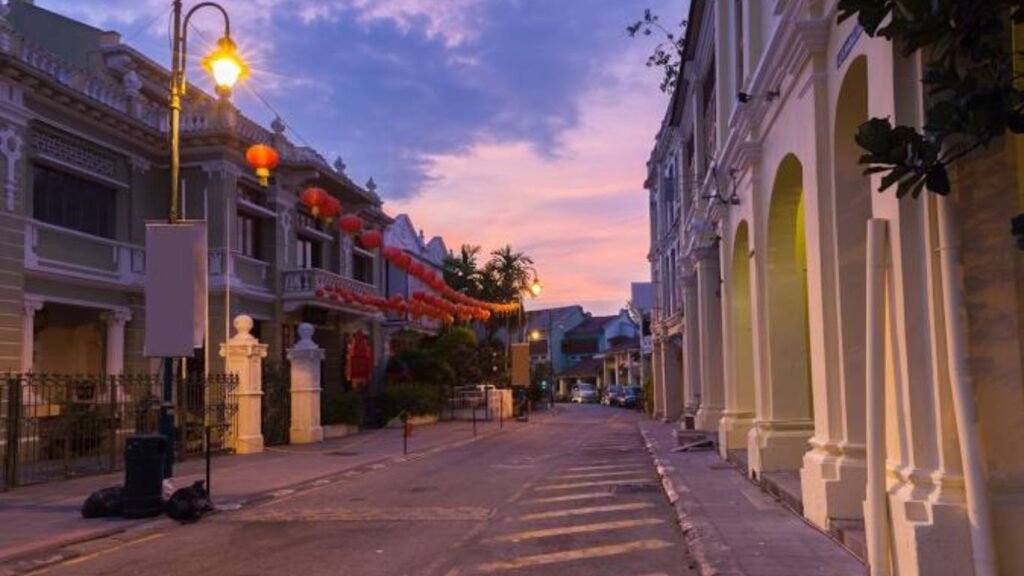
Penang is a feast for the senses. George Town, the island’s cultural capital, is a living canvas of colonial mansions, street art, and aromatic hawker stalls. It’s Malaysia’s soul with a twist—where Chinese clan houses, Indian temples, and British relics coexist in vibrant harmony.
In 2025, Penang’s appeal lies in its culinary heritage. From char kway teow to assam laksa, its flavors tell stories of migration and fusion. Art lovers will appreciate the thriving gallery scene and interactive murals, while nature seekers can escape to Penang Hill or the tropical Botanic Gardens.
Personal Insight: Visit during George Town Festival to experience Penang’s cultural pulse at its liveliest.
7. Siargao, the Philippines
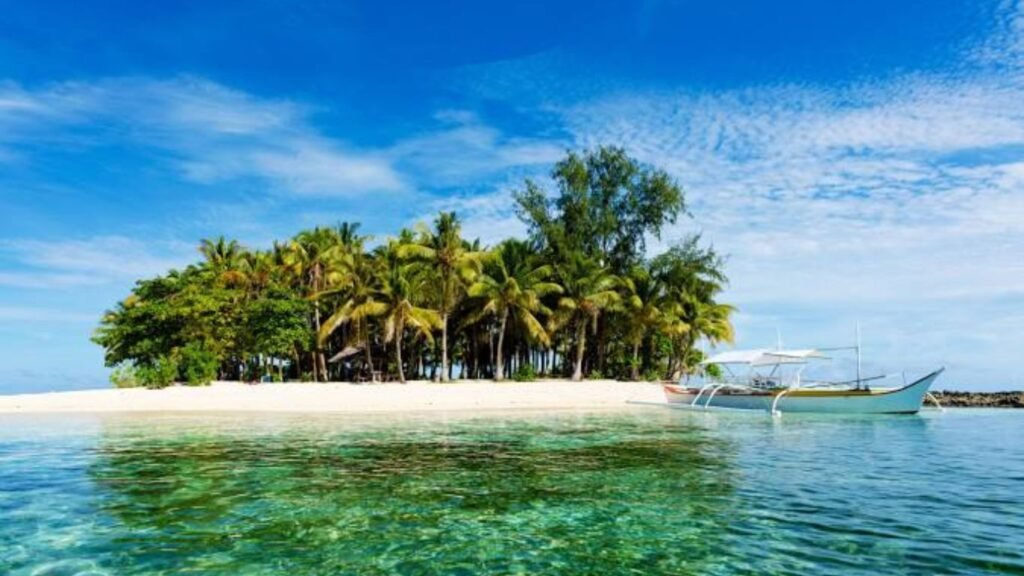
Once a quiet fishing island, Siargao has emerged as the Philippines’ laid-back capital of surfing and island life. Its famous Cloud 9 break draws surfers year-round, but there’s much more beneath the surface.
By 2025, Siargao balances popularity with preservation. Eco-resorts and local-led tours are making tourism more sustainable. Explore lagoons in Sugba, bike through coconut groves, or island-hop to white-sand islets like Daku and Guyam. Siargao is where the pace of life slows, and the ocean heals.
Travel Tip: Visit during the off-season (May–September) for cheaper stays and quieter beaches—just keep an eye on typhoon warnings.
8. Bali, Indonesia
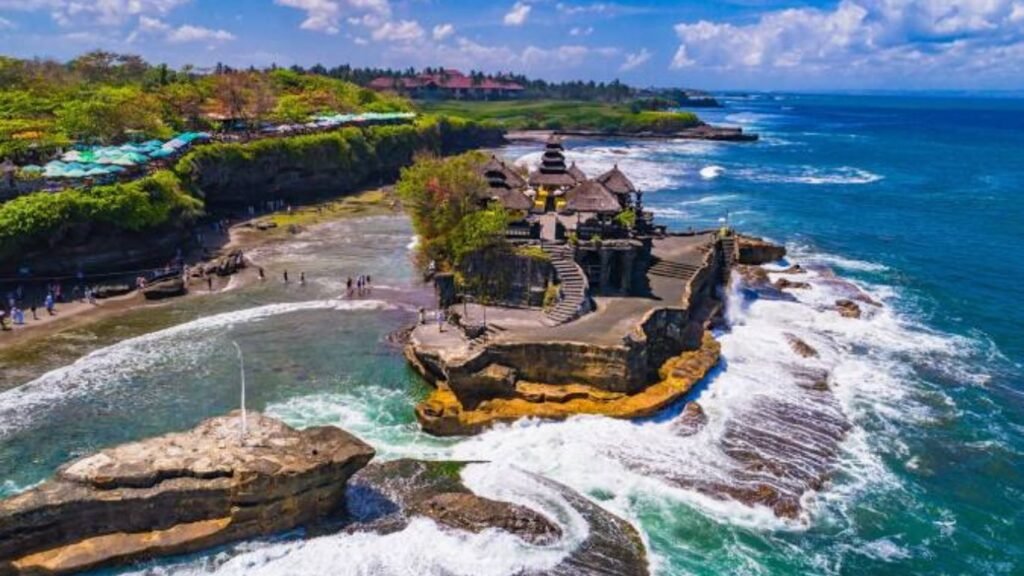
Bali’s timeless magic still captivates, but in 2025, the Island of the Gods is evolving. Beyond the tourist-heavy hubs of Kuta and Seminyak, inland regions like Sidemen and Munduk offer serene landscapes and immersive cultural experiences.
Bali is a spiritual journey wrapped in breathtaking scenery. From jungle-clad temples and waterfalls to dawn treks on Mount Batur, its beauty feels limitless. Wellness travel thrives here—yoga retreats, digital detoxes, and farm-to-table dining attract mindful travelers.
Personal Insight: Respect the Balinese rituals. Even simple moments, like a morning offering on the doorstep, reveal the island’s deeply spiritual heart.
South Asia’s Treasures
South Asia pulses with heritage, spirituality, and landscapes as diverse as its people. From Himalayan hideaways to ancient desert cities, this region invites travelers into timeless worlds. In 2025, these destinations offer not only beauty and history but also authenticity in an increasingly globalized world.
9. Hunza Valley, Pakistan
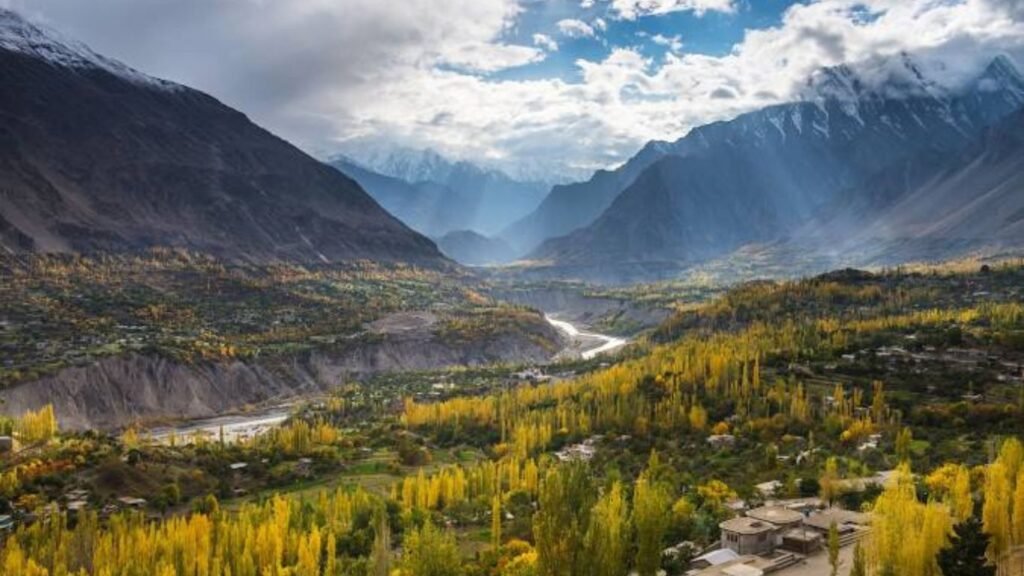
Cradled by the Karakoram Mountains, Hunza Valley is a surreal blend of snow-capped peaks, turquoise rivers, and terraced villages. It’s where nature commands silence and culture whispers through stone forts and mountain traditions.
Often overlooked, Hunza is quickly becoming a favorite for intrepid travelers. The journey via the Karakoram Highway alone is legendary, winding past glaciers and dramatic cliffs. Highlights include the historic Baltit and Altit Forts, the majestic Passu Cones, and serene Attabad Lake. In 2025, Hunza’s hospitality and improved infrastructure make it one of Pakistan’s most rewarding experiences.
Travel Tip: Visit in spring (April–May) when cherry blossoms blanket the valley in color and light.
10. Jaipur, India
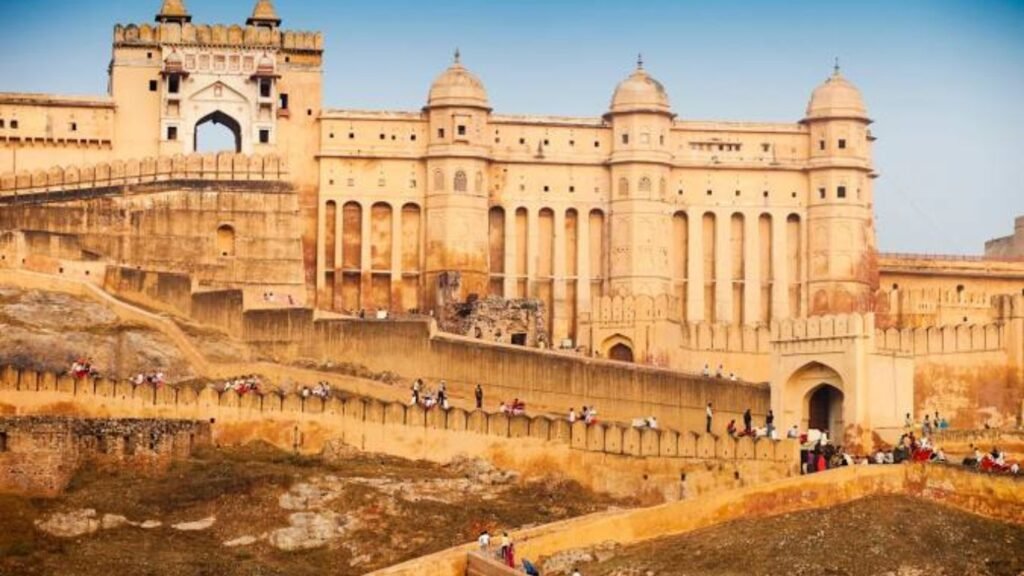
The Pink City of Jaipur is India at its most regal. With grand palaces, labyrinthine bazaars, and stories carved in sandstone, it blends architectural magnificence with vibrant Rajasthani culture.
As a cornerstone of India’s famed Golden Triangle, Jaipur dazzles visitors with sights like the Hawa Mahal, Amber Fort, and the City Palace. In 2025, heritage tourism in Jaipur continues to thrive, with palace hotels and curated artisan experiences offering a glimpse into royal India.
Personal Insight: Skip the tuk-tuk rush and explore parts of the Old City on foot. You’ll discover hidden courtyards, antique shops, and warm conversations.
11. Pokhara, Nepal
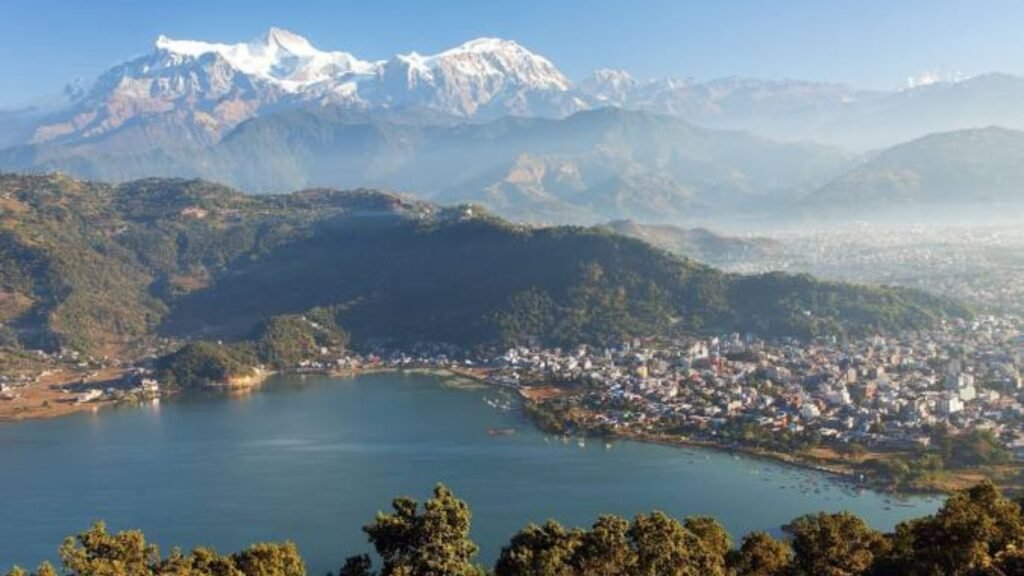
Known as the gateway to the Annapurna Himalayas, Pokhara offers breathtaking scenery and a tranquil pace of life. Lakeside cafes overlook the calm waters of Phewa Lake, while the snow-capped peaks loom in the backdrop like silent guardians.
For adventure seekers, Pokhara is a playground—paragliding, trekking, and mountain biking abound. Yet it’s equally suited for peaceful retreats. In 2025, a focus on eco-tourism has shaped Pokhara into a model for sustainable mountain travel.
Travel Tip: Don’t miss the sunrise from Sarangkot. The play of early light on the Himalayas is unforgettable.
12. Ella, Sri Lanka

With misty tea fields, lush hills, and colonial charm, Ella is Sri Lanka’s rural jewel. It’s a place to unwind, breathe in the crisp air, and feel time slow down.
In 2025, Ella remains a sanctuary for travelers seeking natural beauty and cultural simplicity. Hike to Little Adam’s Peak, take the iconic Nine Arches Bridge walk, and sip world-class tea at a local estate. The famous train journey from Kandy to Ella is still one of the most scenic rail rides on Earth.
Personal Insight: Spend a night at a tea estate homestay. It adds depth to your journey and supports local families directly.
13. Kerala Backwaters, India
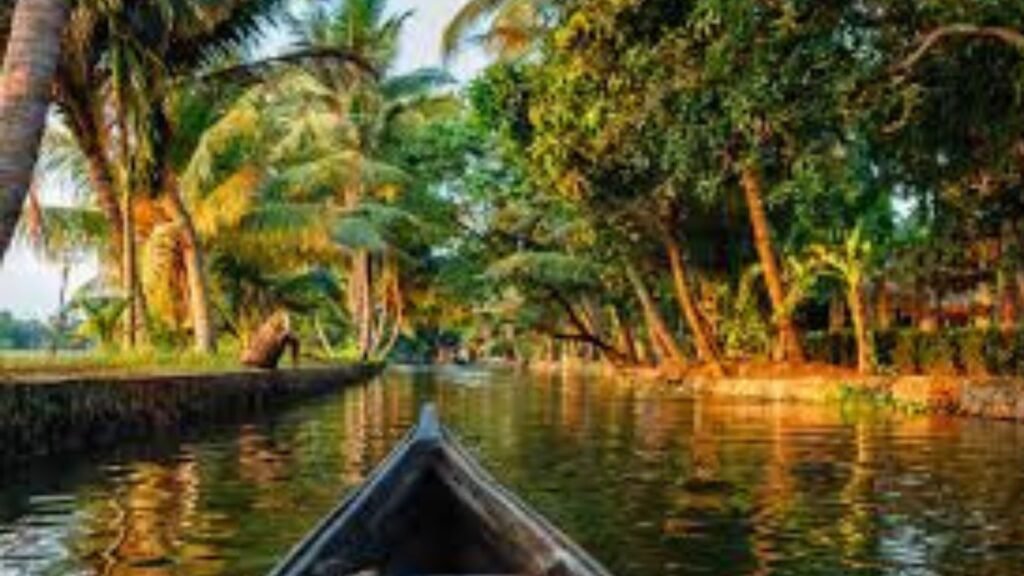
A dreamy labyrinth of canals, rivers, and lakes, Kerala’s backwaters offer one of India’s most tranquil experiences. Houseboats glide through coconut-lined waterways, past small villages and emerald paddy fields.
In 2025, Kerala’s responsible tourism model has strengthened, promoting authentic, low-impact travel. Ayurveda, traditional cuisine, and village stays complement the slow rhythm of the region. Whether you’re drifting through Alleppey or discovering Kumarakom’s bird sanctuaries, the backwaters are a balm for the soul.
Travel Tip: Choose a solar-powered houseboat for an eco-friendly, serene journey.
14. Paro, Bhutan
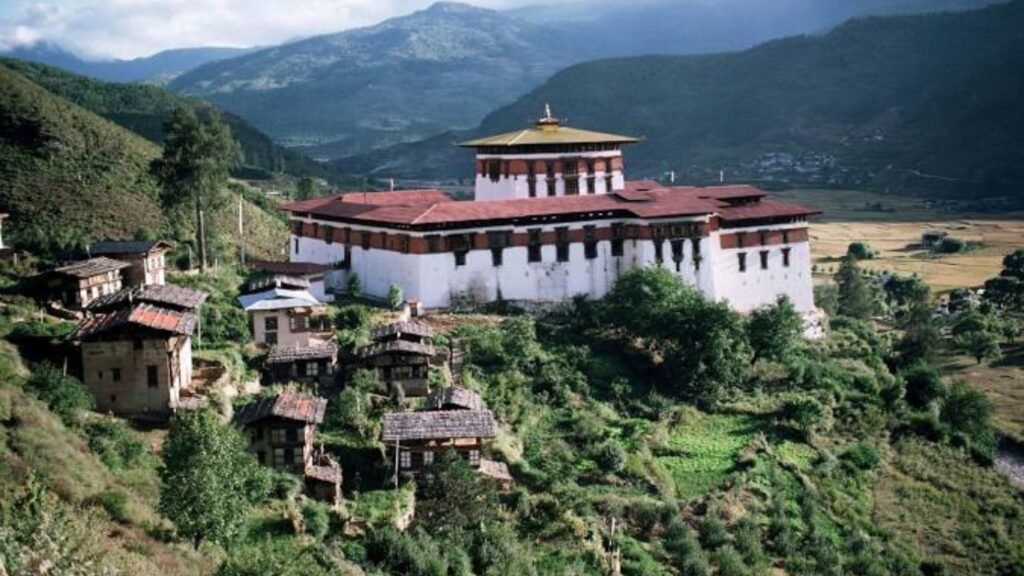
Paro is Bhutan’s spiritual heartland. Nestled in a lush valley dotted with ancient monasteries and prayer flags, it offers visitors a rare kind of peace.
The centerpiece is Taktsang Monastery—better known as Tiger’s Nest—perched impossibly on a cliffside. In 2025, Bhutan’s “high-value, low-impact” travel policy ensures that experiences here remain intimate and respectful. Paro, with its dzongs, traditional architecture, and crisp mountain air, exemplifies this ethos beautifully.
Personal Insight: Time your visit with the Paro Tsechu festival. The masked dances and rituals are profound windows into Bhutanese identity.
15. Bagan, Myanmar
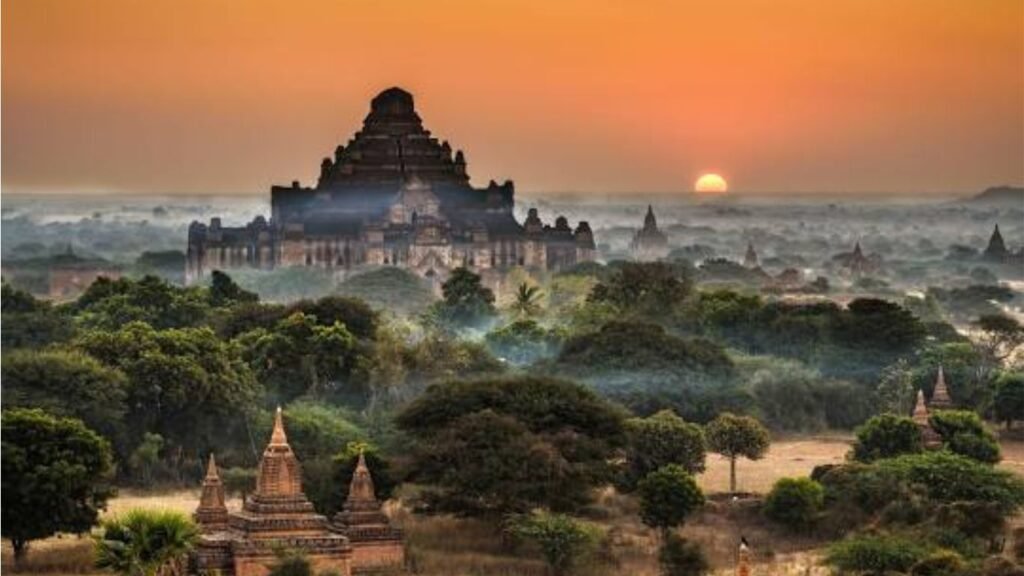
Bagan’s vast temple plain is one of Asia’s most breathtaking archaeological sites. Over 2,000 ancient temples rise from the dusty earth, their silhouettes glowing gold in the morning sun.
Though Myanmar has faced political instability, 2025 has seen cautious reopening to tourism with a renewed focus on cultural preservation. Travelers to Bagan find quiet contemplation, bike-friendly paths, and fewer crowds. Watching sunrise from a temple top or a hot air balloon remains a transcendent moment.
Travel Tip: Hire a local guide. Their stories and insights bring Bagan’s silent stupas to life.
East Asia’s Urban and Natural Wonders
East Asia is where tradition and technology exist in perfect harmony. Towering cities, ancient shrines, breathtaking landscapes, and cultural precision shape this region’s identity. In 2025, these destinations captivate with depth, innovation, and a timeless spirit.
16. Setouchi, Japan

Often overlooked for Japan’s more famous cities, Setouchi is a quiet revelation. This coastal region encompasses a string of art-infused islands, tranquil fishing villages, and the calm, glittering waters of the Seto Inland Sea.
Setouchi is synonymous with slow travel. Naoshima Island is a living gallery, home to avant-garde museums and open-air installations, while Shodoshima enchants with olive groves and Mediterranean vibes. In 2025, Setouchi stands out for its harmonious blend of nature, art, and sustainability.
Travel Tip: Get the JR Setouchi Area Pass for seamless island-hopping via ferry and train.
17. Seoul, South Korea

Dynamic, stylish, and relentlessly innovative, Seoul thrives at the crossroads of heritage and high-tech. Whether you’re exploring the neon streets of Gangnam or wandering through the peaceful grounds of Gyeongbokgung Palace, Seoul is full of contrast and energy.
The city in 2025 continues to be a global trendsetter—from K-beauty and fashion to smart city initiatives. Yet, its soul remains in hanok villages, mountain trails, and sizzling street food markets. For travelers, Seoul offers deep cultural engagement without sacrificing comfort or convenience.
Personal Insight: Visit Bukchon Hanok Village in the early morning to enjoy the traditional charm before the crowds arrive.
18. Yunnan, China

Yunnan is China at its most ethnically diverse and naturally stunning. Home to dozens of minority cultures, its landscapes range from terraced fields to Himalayan foothills, each more enchanting than the last.
In 2025, Yunnan remains an off-the-beaten-path gem. Wander through the cobbled streets of Lijiang Old Town, explore the dramatic Tiger Leaping Gorge, or sip tea in the subtropical hills of Xishuangbanna. The region offers cultural immersion and nature in equal measure.
Travel Tip: Try the overnight train from Kunming to Dali—it’s an efficient and scenic way to cover ground.
19. Tokyo, Japan
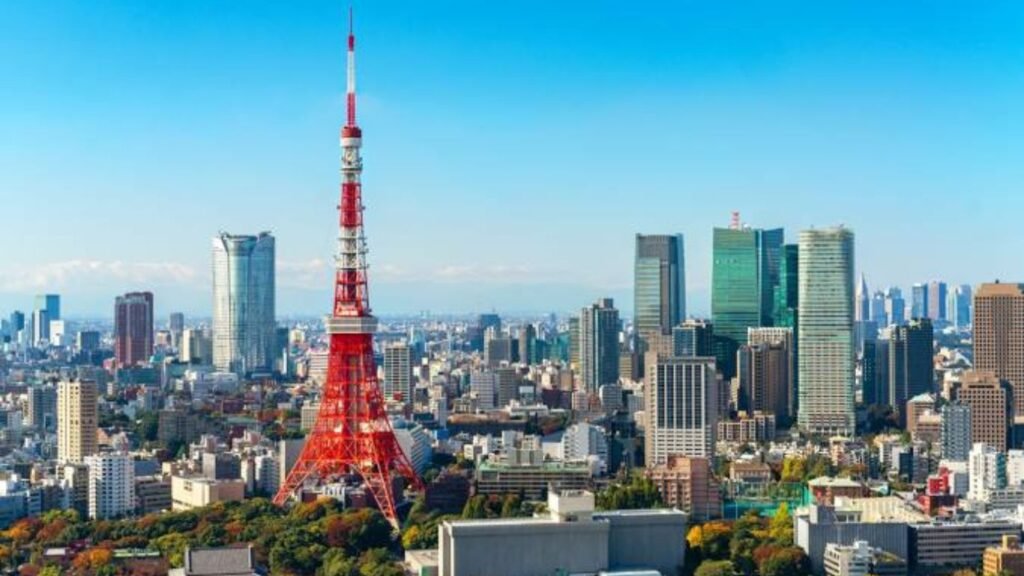
Few cities in the world balance chaos and order like Tokyo. With hypermodern skyscrapers rising beside centuries-old temples, Tokyo is a sensory overload that never feels overwhelming.
By 2025, Tokyo is a model metropolis—clean, efficient, endlessly inventive. Savor sushi at Tsukiji Outer Market, explore the retro charm of Yanaka, or dive into Akihabara’s tech and anime world. Yet beneath the surface, Tokyo invites quiet reflection in places like Meiji Shrine or the hidden gardens of Rikugien.
Personal Insight: Ditch the big-name restaurants and follow locals to standing sushi bars or basement izakayas—they offer both flavor and insight into daily life.
20. Hong Kong
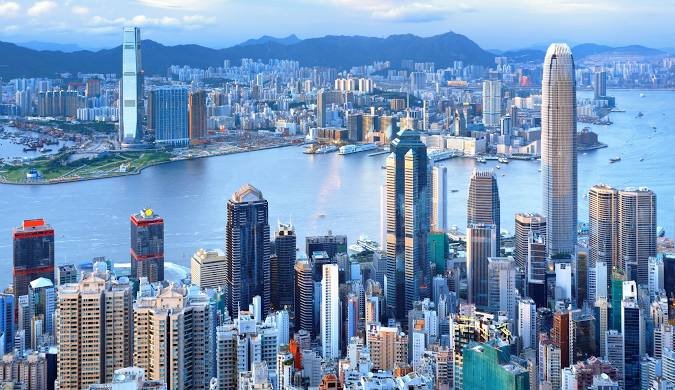
Despite recent challenges, Hong Kong has emerged in 2025 with renewed creative energy. Skyscrapers still line the skyline, but there’s a deeper focus now on arts, green spaces, and local storytelling.
Victoria Peak offers iconic views, but neighborhoods like Sham Shui Po and Sai Ying Pun showcase the city’s authentic pulse. Food is at the heart of Hong Kong—dim sum brunches, night market skewers, and refined Cantonese cuisine coexist seamlessly.
Travel Tip: Take the Star Ferry at sunset. It’s a moment of calm amidst the city’s constant motion.
21. Taipei, Taiwan

Taipei is friendly, food-obsessed, and refreshingly open. It’s a city where night markets buzz until dawn, bubble tea flows freely, and temples glow under red lanterns.
In 2025, Taipei continues to surprise travelers. From the spiritual calm of Longshan Temple to the hiking trails of Elephant Mountain, Taipei offers more than urban thrills. Its progressive spirit and cultural pride make it a beacon in East Asia.
Personal Insight: Visit Beitou Hot Springs after a hike—soaking in natural thermal waters with mountain views is the perfect reward.
Central and West Asia’s Unique Experiences
Central and West Asia offer some of the most fascinating cultural intersections on Earth. These are lands shaped by empires, caravans, and crossroads—where Islamic architecture meets Silk Road legend, and turquoise domes shimmer against desert skies. In 2025, these destinations stand tall as symbols of resilience, heritage, and wonder.
22. Petra, Jordan

Petra is one of the world’s greatest archaeological treasures—and nothing prepares you for the moment you emerge from the Siq and see the rose-red facade of the Treasury.
Once a thriving Nabataean capital, Petra’s rock-cut architecture and dramatic desert setting continue to inspire awe. In 2025, nighttime visits with candlelit paths and stargazing tours add a deeper dimension to the experience. Nearby, the lunar landscapes of Wadi Rum offer cinematic isolation and Bedouin hospitality.
Travel Tip: Start early and take the backdoor trail to the Monastery—it’s quieter and showcases Petra’s vastness from a unique angle.
23. The Maldives
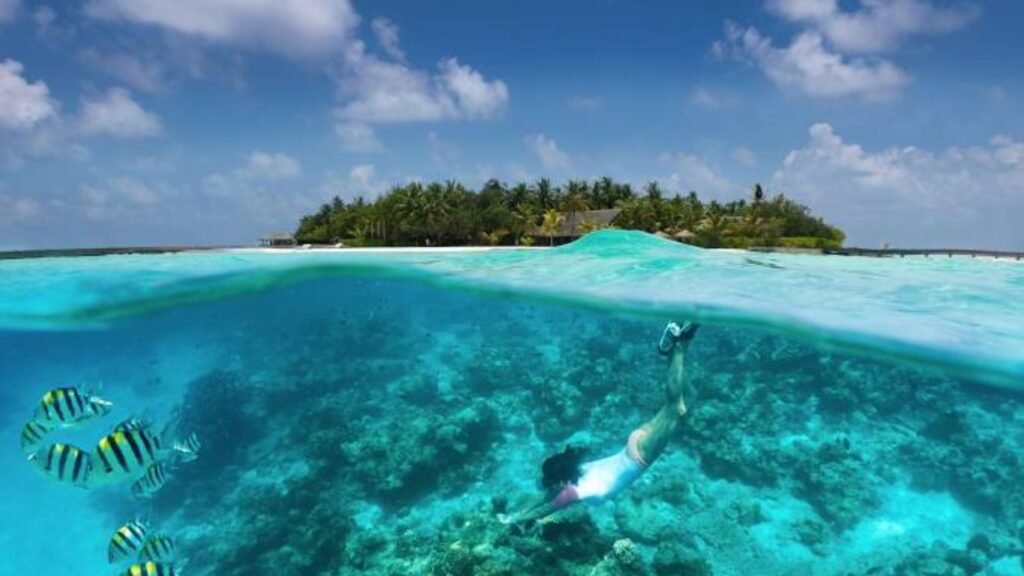
Though often associated with luxury honeymoons, the Maldives in 2025 is more accessible and sustainable than ever. This archipelago of over 1,000 coral islands now offers eco-resorts, local guesthouses, and marine conservation programs open to curious travelers.
Beyond the overwater villas, visitors can snorkel with manta rays, learn traditional Maldivian fishing techniques, or support coral reef restoration. With rising sea levels, visiting responsibly is not just travel—it’s witnessing a fragile paradise in flux.
Personal Insight: Stay on a local island like Maafushi to experience daily Maldivian life and support community-based tourism.
24. Samarkand, Uzbekistan
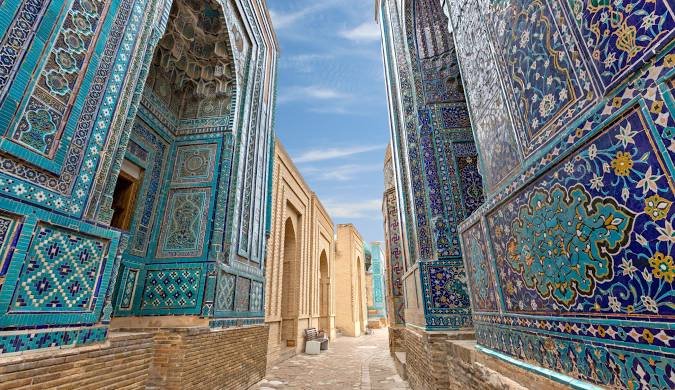
Samarkand is a name that stirs the imagination. Once a crown jewel of the Silk Road, it dazzles with mosaic-covered madrasas, grand mosques, and ancient caravanserais.
In 2025, Samarkand is re-emerging as a travel highlight, thanks to easier visas and new high-speed rail connections. Registan Square, with its blue domes and elaborate tilework, remains the city’s spiritual heart. But equally captivating are the quiet backstreets, bustling bazaars, and warm Uzbek hospitality.
Travel Tip: Combine Samarkand with Bukhara and Khiva for a full Silk Road itinerary rich in architecture and storytelling.
25. Almaty, Kazakhstan
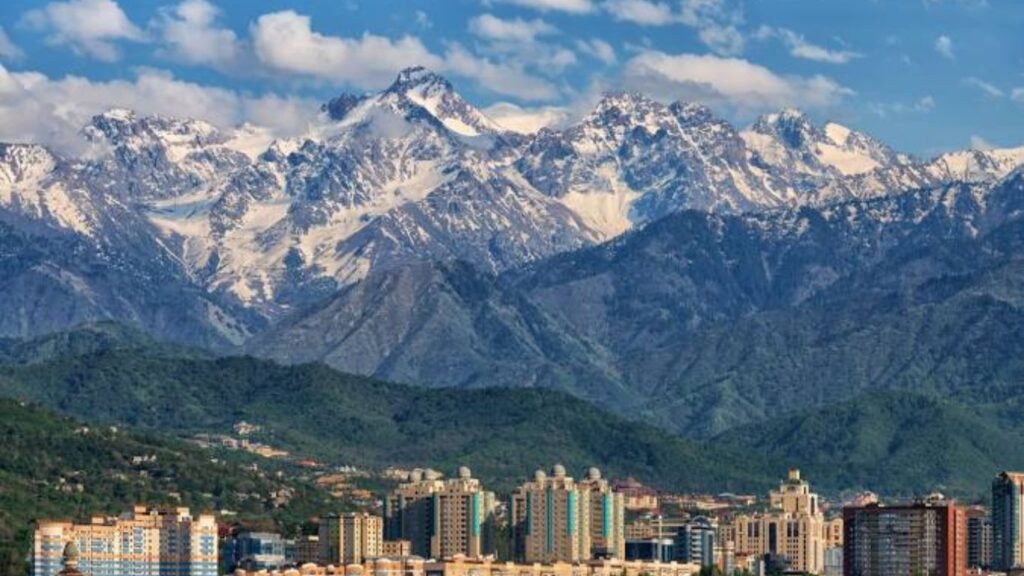
Almaty is Central Asia’s most cosmopolitan city, framed by snow-dusted peaks and pulsing with youthful energy. Once the capital of Kazakhstan, it remains its cultural and economic heart.
In 2025, Almaty is attracting adventurous travelers with its lively art scene, cafe culture, and access to the Tien Shan mountains. A short drive takes you to Big Almaty Lake or Shymbulak ski resort. Within the city, Soviet-era charm meets modern design in a seamless blend.
Travel Tip: Ride the cable car to Kok-Tobe Hill for panoramic views and a feel for the city’s layout beneath the mountains.
Conclusion
Asia’s vastness is rivaled only by its diversity. From the spiritual stillness of Bhutan’s cliffside monasteries to the electric rhythm of Tokyo’s Shibuya Crossing, this continent offers travelers a spectrum of experiences found nowhere else on Earth.
The 25 destinations listed here—spanning from island sanctuaries to ancient capitals, alpine valleys to art-filled coastlines—are not just places on a map, but stories waiting to unfold. Each corner of Asia invites you to look deeper: at culture, history, nature, and ultimately, yourself.
As you plan your 2025 travels, use this guide as inspiration, not limitation. Seek out personal moments—sunrises over forgotten temples, spontaneous meals with locals, the quiet hush of mountain air. Travel not just to see, but to connect, to listen, and to grow.
Planning Tips:
- Start Early: Popular destinations like Bali or Petra can book out months in advance—plan accommodations and permits early.
- Pack Smart: Asia’s climates vary wildly. Pack layers for Himalayan treks and breathable fabrics for Southeast Asia’s tropics.
- Respect Cultures: Learn basic greetings, understand local customs, and dress modestly where appropriate.
- Travel Sustainably: Choose eco-friendly stays, support community tourism, and minimize single-use plastics where possible.
FAQ
What is the best time to visit Asia?
Asia’s climate varies by region. Generally, spring (March–May) and autumn (September–November) offer the best weather. Southeast Asia is best from November to February, while Central Asia and the Himalayas are ideal from May to October.
Is it safe to travel to these places in 2025?
Most destinations on this list are considered safe, especially with common-sense precautions. Always check the latest travel advisories, especially for places like Myanmar or regions with shifting political climates.
How do I travel between Asian countries?
Asia is well-connected by budget airlines, high-speed rail networks (particularly in East Asia), and international bus routes. Visa requirements vary—research entry rules ahead of time.
Are these places suitable for solo travelers?
Yes. Cities like Seoul, Tokyo, and Singapore are particularly solo-friendly. Rural areas offer unique rewards but may require more planning. In every destination, solo travelers are welcomed with curiosity and hospitality.
How can I travel more sustainably in Asia?
Choose local over luxury. Stay in eco-lodges, use public transportation, avoid animal exploitation, and support ethical tours that invest in communities and conservation.
